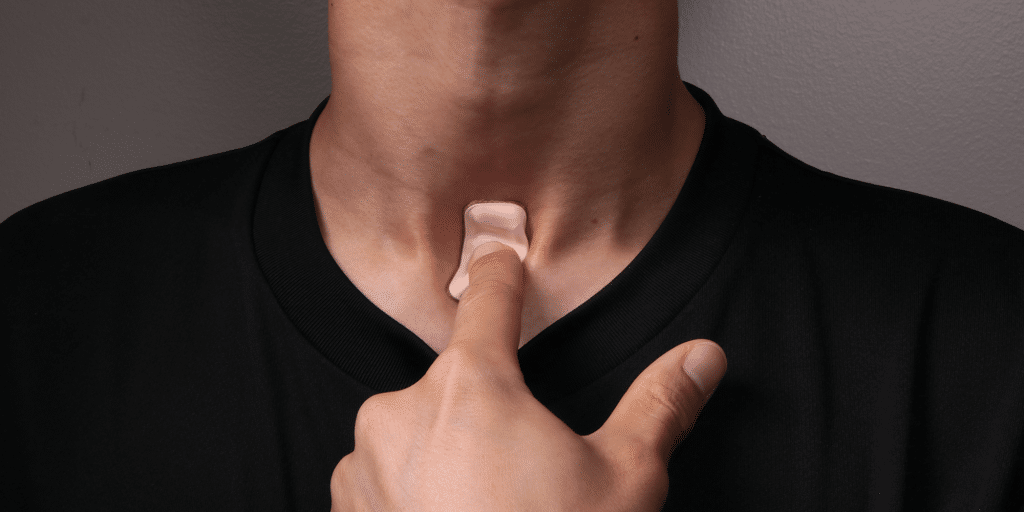A wearable device that syncs to the iPad could be the key to lifting lockdown restrictions.
The new wearable, which is inspired by a band-aid and helps to diagnose coronavirus cases, could be used in the United States and indeed in other markets to slow the spread of the virus.
It works by detecting the signs of coronavirus – such as coughing or difficulty breathing – and alerting users via a dedicated iPad app.
Developed by researchers at Northwestern University and Shirley Ryan AbilityLab in Chicago, the new device uses a set of complex data algorithms to determine whether a symptom is simply a mere cold or flu, or whether it’s the coronavirus. As the symptoms continue to progress, users will be able to track and report on their experiences to better help scientists understand the disease and ensure new cases can be contained locally.
The device can be worn 24 hours a day, producing streams of data. It uses AI to uncover the insights and fill data caps by continuously measuring and interpreting coughing and other respiratory activity that other monitoring systems and indeed healthcare workers cannot do.
The breakthrough technology is currently being tested at Shirley Ryan AbilityLab by COVID-19 patients and the healthcare workers, with 25 individuals wearing the devices two weeks ago.
Speaking of the device, Northwestern’s John A. Rogers said: “The most recent studies published in the Journal of the American Medical Association suggest that the earliest signs of a COVID-19 infection are fever, coughing and difficulty in breathing.
“Our device sits at the perfect location on the body — the suprasternal notch — to measure respiratory rate, sounds and activity because that’s where airflow occurs near the surface of the skin.
“We developed customized devices, data algorithms, user interfaces and cloud-based data systems in direct response to specific needs brought to us by frontline healthcare workers.
“We’re fully engaged in contributing our expertise in bioelectronic engineering to help address the pandemic, using technologies that we are able to deploy now, for immediate use on actual patients and other affected individuals.
“The measurement capabilities are unique to this device platform — they cannot be accomplished using traditional watch or ring-style wearables that mount on the wrist or the finger.”
You can find out more about this device on the Northwestern website, and check back to AppleMagazine soon for more insights and developments as and when we get them.
